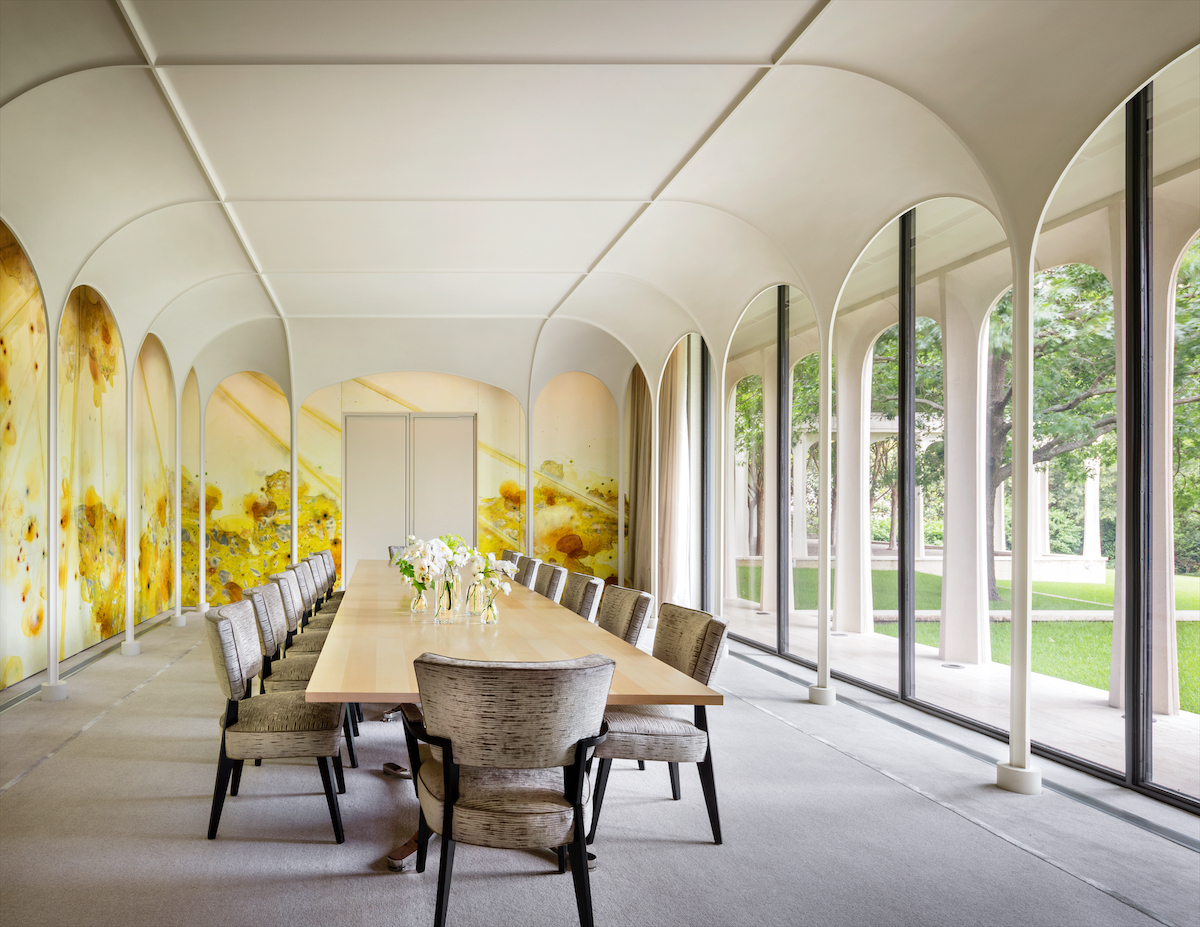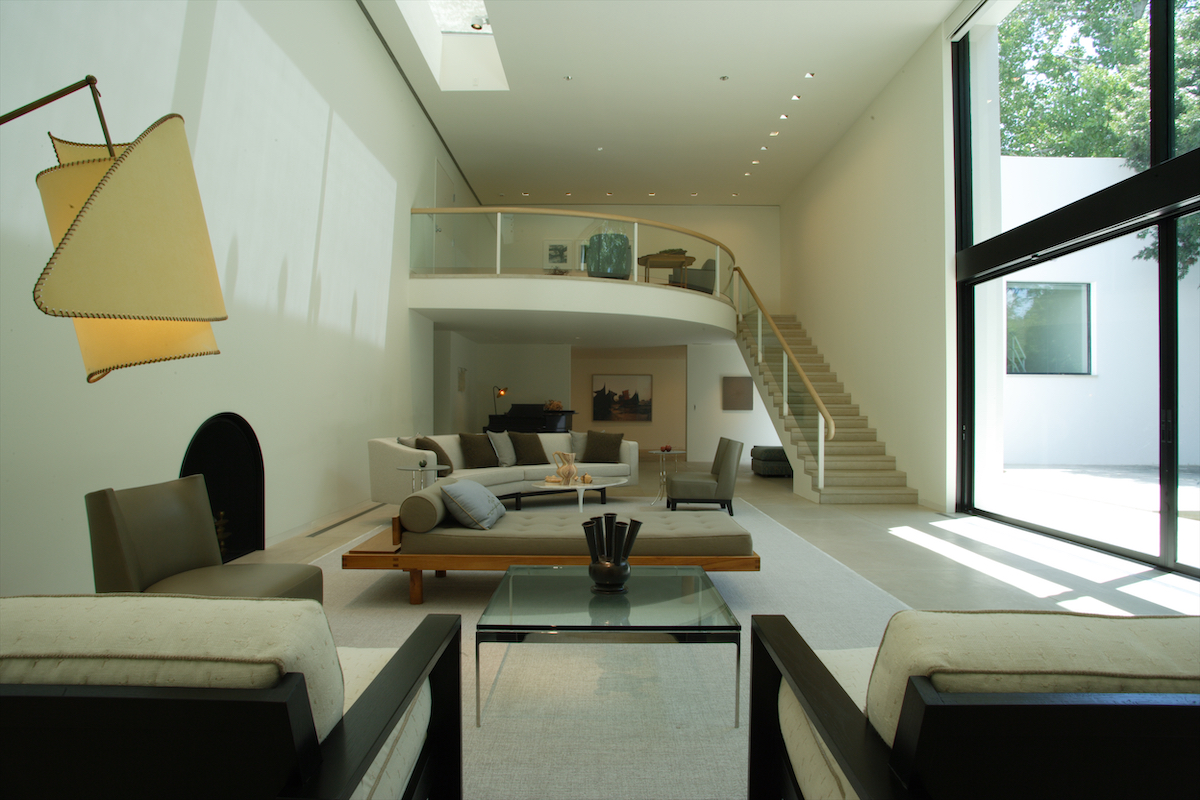Mill Bodron and Svend Fruit Are Shaping Dallas Architecture by Saving Its Past — One Great Modern House at a Time
The Duo's Significant Restorations Include Icons by Frank Lloyd Wright, Philip Johnson, and O'Neil Ford
BY Rebecca Sherman // 09.26.23Residence in Old Preston Hollow designed by Bodron/Fruit. (photo by Scott Fances/Otto)
When Mil Bodron and Svend Fruit founded their Dallas design and architecture firm in 1998, the city’s remarkable modernist houses were being demolished with alarming frequency. The firm quickly became a voice for the modernist movement, teaming with like-minded clients who wanted to restore, rather than tear down, their mid-century masterpieces. During the next 25 years — a milestone the firm celebrates this fall — Bodron/Fruit carved a niche as preservationists, amassing a roster of high-profile clients who are as passionate about modern architecture as they are.
It began with the restoration of a 1963 Highland Park house by E.G. Hamilton, renowned architect of NorthPark Center. “We weren’t trying to make our own statement, but to work within the original design,” says Fruit, a Houston native whose early career included working with Max Levy, noted Dallas designer of contemporary houses.
Bodron grew up admiring the elegant plantations and modern houses along the bayou in Monroe, Louisiana, before studying architecture and art in college. The two worked on occasional projects together for years before formally joining forces. “After we finished the Hamilton house, people could see our approach to renovation, and business just grew from there,” Fruit says.
Other significant restoration commissions followed, including work on houses by some of the modern era’s most legendary architects, such as Frank Lloyd Wright, Philip Johnson, and O’Neil Ford.

One of their mutual favorites is the restoration and addition of an important International-style residence by architect Howard Meyer, who is credited for introducing modernism to Dallas in the 1930s; he later designed Temple Emanu-El and 3525 Turtle Creek Boulevard, the city’s first high-rise residential building. The firm’s work on a smashing residence by Edward Larrabee Barnes — architect of the Dallas Museum of Art — appeared in the pages of Town & Country magazine. And Bodron/Fruit’s complex 2008 renovation and furnishing of the 1964 Philip Johnson-designed Beck House in Preston Hollow elicited accolades from The New York Times, which called it a “meticulously restored” house brought to life by the firm’s “attention to detail, combined with its light touch.”
Saving modern houses — in fact, older houses of any era — remains an ongoing uphill fight. The E.G. Hamilton house, which Bodron/Fruit restored at the start of their tenure together, was demolished in 2017, the same year Hamilton died at age 97.
“The up economy of the recent past has seen a lot of houses torn down,” Bodron says. “It was hard to save them back when we started 25 years ago, and it’s even harder now.”

Two-thirds of Bodron/Fruit’s business now comes from new construction, and because many of their clients have been with them since the beginning and are now downsizing, they’ve added high-rise condos to their portfolio. The firm recently finished the architecture and interiors for a house on the Katy Trail, along with a new project at Hall Arts. Currently, they’re renovating and furnishing a condo at the Mansion Residences, their fourth in the building.
“We’re taking a classical modern approach, with vintage French furniture from the ’30s and ’40s mixed with modern furniture,” Bodron says. “When we do a new-build project, it’s is a different kind of rewarding experience than when we do a preservation project.”











